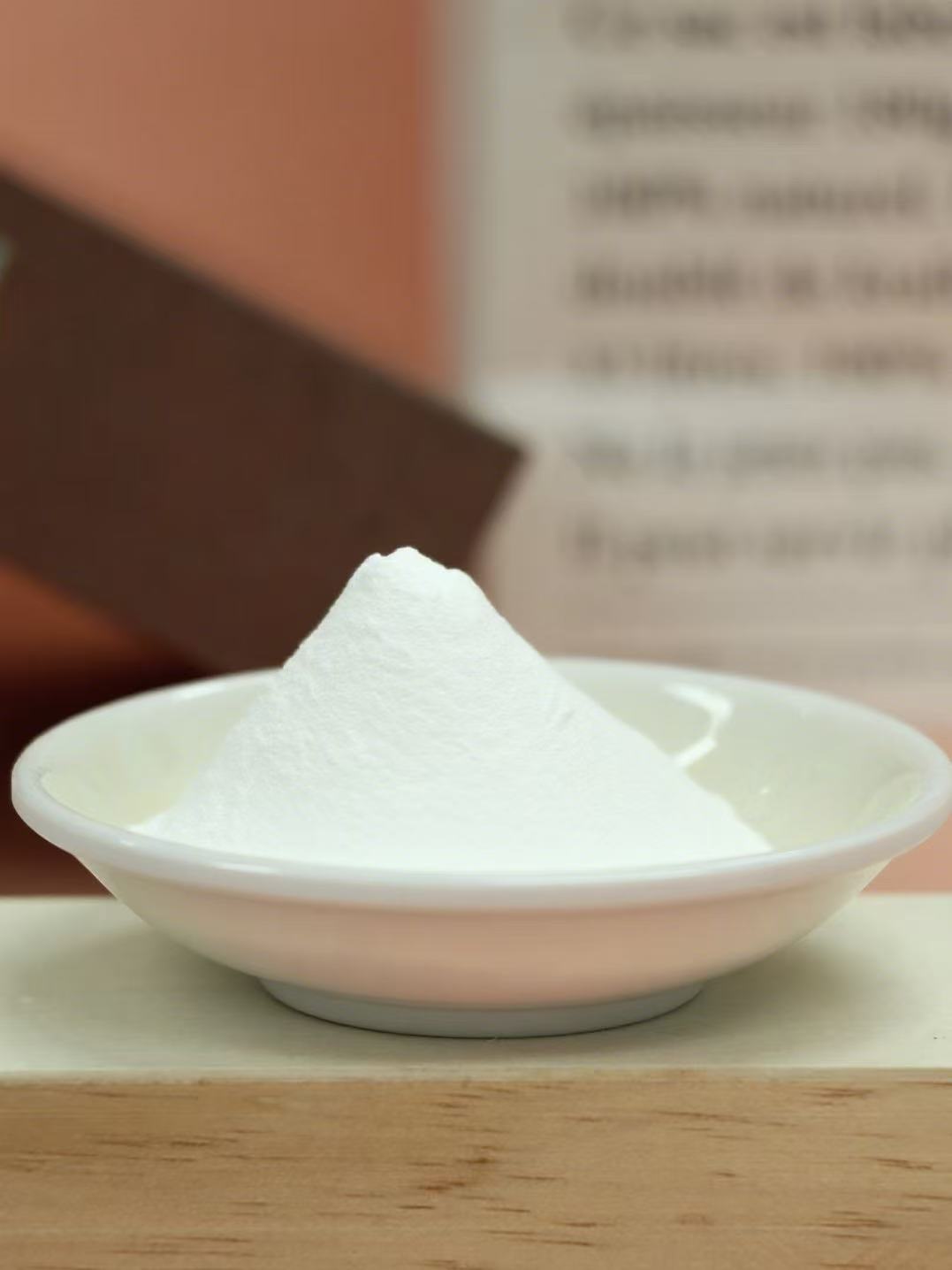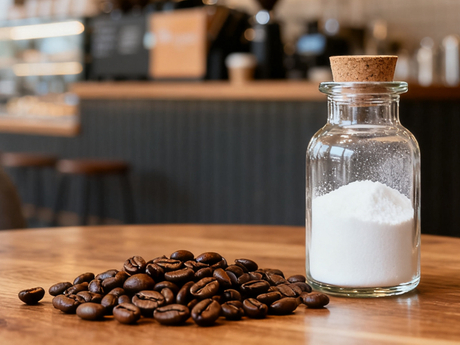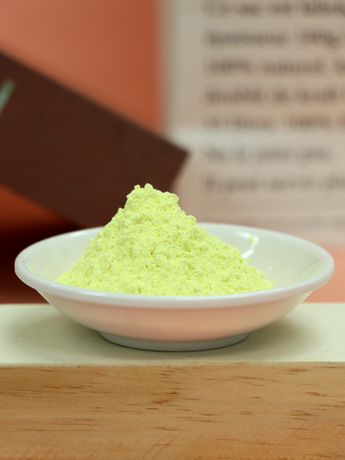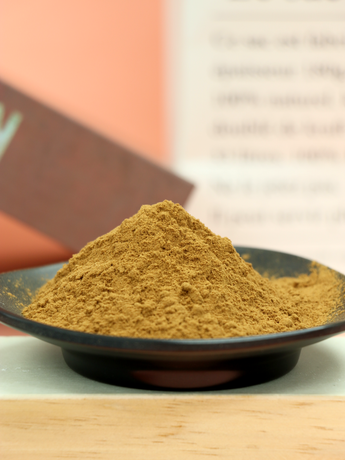1. Introduction: The Global Rise of Urolithin A
If you’ve been keeping an eye on the booming health and longevity industry lately, you’ve probably seen the term “Urolithin A” pop up everywhere — from research papers to cutting-edge supplement labels. But what exactly is it, and why is everyone suddenly talking about it?
What Is Urolithin A, and Why Does It Matter?
At its core, Urolithin A is a naturally occurring metabolite derived from ellagitannins — compounds found in foods like pomegranates, berries, and nuts. When your gut microbiota processes these ellagitannins, it can produce Urolithin A. However, here’s the catch: not everyone’s gut can do this efficiently. In fact, studies show that only a fraction of people can generate significant amounts naturally.
That’s where Urolithin A supplements come into play. They offer a standardized, bioavailable form of the compound, ensuring everyone can benefit from its effects — regardless of their gut microbiome makeup.
The Science Behind Urolithin A
Why all the hype? Because Urolithin A has shown promising results in mitochondrial health, muscle performance, and anti-aging research. It’s often called a “cellular rejuvenator” because it triggers a process called mitophagy — essentially spring-cleaning for your cells’ powerhouses (mitochondria).
Think of it like changing the oil in your car engine. Over time, your mitochondria get cluttered with damaged parts, reducing efficiency. Urolithin A helps clear out the junk, allowing your cells to produce energy more efficiently — a key factor in slowing down aging and fatigue.
From Research Labs to Daily Supplements
The transition of Urolithin A from a niche compound to a global phenomenon didn’t happen overnight. It started with a few groundbreaking clinical studies showing improvements in muscle function and endurance among older adults. Then, supplement manufacturers, always hungry for the next big ingredient, jumped on board.
Today, Urolithin A is being integrated into nutraceuticals, sports nutrition formulas, and longevity supplements around the world. You’ll find it in capsules, powders, and even fortified beverages aimed at promoting healthy aging, cellular energy, and performance recovery.
Global Demand: The Search for Reliable Suppliers
With rising awareness comes skyrocketing demand. As consumers grow more educated about the science behind longevity, supplement brands are racing to include Urolithin A in their formulations. But here’s the tricky part — it’s not easy to produce at scale.
To make high-purity Urolithin A, manufacturers need advanced fermentation or synthesis technology, strict quality control, and access to raw materials. This is where one country, in particular, has started making serious waves: China.
Over the last decade, China’s biotech sector has evolved from a follower to a global leader in ingredient innovation, especially in nutraceuticals. And when it comes to producing Urolithin A — they’re doing it better, faster, and more cost-effectively than many of their global counterparts.
2. Why China Is Emerging as a Key Urolithin A Supplier
If you’re wondering how China became the epicenter for Urolithin A production, it’s not just about cheaper labor or large-scale factories. It’s about infrastructure, innovation, and quality transformation. Let’s break it down.
Abundant Raw Material Resources
China’s vast agricultural base gives it a head start. Ellagitannins — the natural precursors of Urolithin A — are abundant in fruits like pomegranates, raspberries, and walnuts, all of which are grown in multiple regions of China.
This local access to raw materials shortens the supply chain, making production both faster and less expensive compared to importing ingredients. It also gives Chinese manufacturers more control over the traceability and consistency of their supply — a huge plus for supplement brands seeking stability in sourcing.
Advanced Biotechnology and Fermentation Capabilities
Let’s face it — producing Urolithin A isn’t simple chemistry. It requires precision fermentation, microbial engineering, and downstream purification. That’s where China has heavily invested over the past decade.
In biotech clusters across Shanghai, Shenzhen, and Zhejiang, research teams have fine-tuned fermentation systems to produce high-purity Urolithin A (≥98%) with better yield and lower environmental impact. Some have even developed proprietary microbial strains that can convert ellagic acid to Urolithin A more efficiently than traditional methods used in Europe or the US.
In other words, Chinese suppliers aren’t just replicating — they’re innovating. The technology is faster, greener, and more scalable, setting new standards for the industry.
Competitive Pricing Without Compromising Quality
One of China’s biggest advantages remains cost efficiency. Compared to Western producers, Chinese Urolithin A suppliers can offer better prices per kilogram — often 20–40% lower — while maintaining top-tier purity levels.
This price advantage doesn’t come from cutting corners but from economies of scale and optimized logistics. China’s massive production capacity, coupled with lower operating costs, allows it to supply bulk Urolithin A powder at competitive rates without sacrificing quality or consistency.
For supplement brands and nutraceutical startups, this can mean the difference between a product that’s profitable and one that’s not.
Regulatory Improvements and Global Certifications
In the past, buyers were cautious about sourcing ingredients from China due to concerns about quality control or compliance. But that’s changing — fast.
Today, leading Urolithin A manufacturers in China operate under GMP (Good Manufacturing Practice) conditions, and many hold ISO9001, HACCP, and even Kosher/Halal certifications. These credentials aren’t just paperwork — they signal a broader cultural shift toward transparency and international trust.
Regulatory agencies in China are also tightening oversight, which means products coming out of top factories are more likely to meet — or even exceed — US FDA and EU EFSA quality benchmarks.
How China Compares to Other Regions
Let’s stack it up for a moment:
| Region | Production Strengths | Challenges | Price Level | Innovation Focus |
|---|---|---|---|---|
| China | High yield, advanced fermentation, affordable pricing, strong export system | Occasional perception lag | (Low–Moderate) | Biotechnology, sustainability |
| Europe | Strict regulation, strong brand trust, consistent quality | High production costs | (High) | Clinical validation, small-batch research |
| United States | Advanced R&D, close to supplement brands | Limited large-scale production | (Moderate–High) | Commercial partnerships, formulation |
| India | Low cost, growing nutraceutical base | Still developing Urolithin A expertise | (Low) | Entry-level production, generic ingredients |
As you can see, China sits at a sweet spot — blending cost efficiency with cutting-edge biotech innovation. Compared to Europe or the US, China’s Urolithin A production is faster, more scalable, and more affordable. Compared to India, it’s stronger in technology and purity standards.
The Shift in Global Perception
The days when “Made in China” implied low quality are fading fast. Today, many international supplement brands — including some household names — quietly source their raw Urolithin A from Chinese manufacturers because of the consistent quality and documentation standards they now provide.
In fact, several suppliers have established joint R&D collaborations with Western universities and biotech firms, reinforcing their credibility. The result? A fast-growing network of trusted Chinese Urolithin A suppliers that can meet the demands of global longevity brands looking for dependable, scalable sources.
















